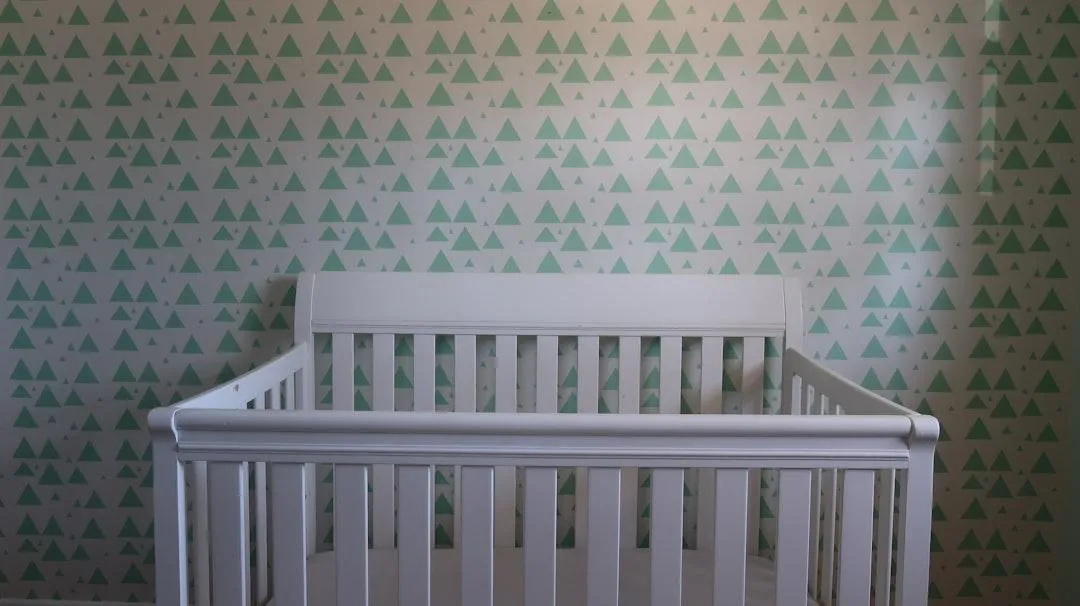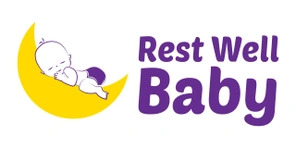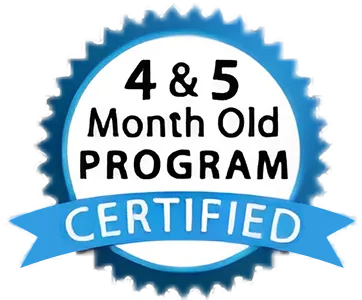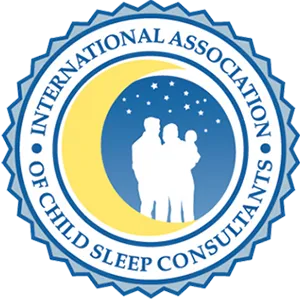Blog

A Guide to Safe Sleep for New Parents
A Comprehensive Guide to Safe Sleep for New Parents
Welcoming a new baby is a time of immense joy, and ensuring their safety is every parent's top priority. When it comes to sleep, establishing safe sleep practices from day one is crucial for reducing the risk of Sudden Infant Death Syndrome (SIDS) and promoting your baby's well-being. As a pediatric sleep coach, I want to provide you with a comprehensive yet straightforward guide to creating a safe sleep environment for your precious little one.
The ABCs of Safe Sleep:
Think of the acronym ABC to remember the three fundamental principles of safe sleep:
Alone: Room-sharing (baby sleeps in their own sleep space in the same room as you) is recommended for at least the first six months. However, your baby should always sleep alone in their own sleep space, which can be a crib, bassinet, portable crib, or play yard. The sleep space should be new and not recalled, and meet the standards of the Consumer Product Safety Commission (CPSC).
Back: Always place your baby on their back for every sleep – for naps and at night. This has been shown to be the safest sleep position and significantly reduces the risk of SIDS. Once your baby can consistently roll from back to stomach and stomach to back on their own, they can be left in the position they roll to. However, always place them on their back to initiate sleep.
Crib (or other approved sleep surface): Your baby’s sleep surface should be firm and flat. Avoid soft bedding such as pillows, blankets, bumper pads, and loose sheets. These items can obstruct your baby’s airway. A fitted sheet that properly fits the mattress is the only bedding that should be in the sleep space/crib.
Creating a Safe Sleep Environment: Beyond the ABCs
While the ABCs are foundational, here are other crucial aspects of safe sleep practices:
Firm Mattress: Ensure the mattress in the crib, bassinet, or play yard is firm and meets current safety standards. It should fit snugly, with no gaps between the mattress and the sides of the sleep space.
Bare is Best: Keep the sleep space bare. This means no pillows, blankets, bumper pads, stuffed animals, or loose sheets. These items pose a suffocation and entrapment risk. If you are concerned about your baby being cold, use a swaddle or a sleep sack that is the appropriate size for your baby. Avoid loose blankets that could cover their face.
Proper Room Temperature: Keep the room at a comfortable temperature – not too hot and not too cold. A general guideline is a temperature that feels comfortable for a lightly dressed adult (generally between 68-72 degrees Fahrenheit). Overheating has been linked to an increased risk of SIDS. Avoid overdressing your baby. One more layer than you would wear is usually sufficient.
Smoke-Free Environment: Exposure to secondhand smoke significantly increases the risk of SIDS. Ensure your home and any other environments where your baby spends time are smoke-free.
Avoid Sitting Devices for Sleep: Car seats, strollers, swings, and bouncers are not designed for routine sleep. If your baby falls asleep in one of these devices, transfer them to a safe sleep surface (crib, bassinet, or play yard) as soon as it is safe to do so.
Pacifier Use: Offering a pacifier at naptime and bedtime, once breastfeeding is well established (usually around 3-4 weeks), has been associated with a reduced risk of SIDS. If the pacifier falls out while your baby is sleeping, don’t worry about putting it back in.
Breastfeeding: Breastfeeding is protective against SIDS. When possible, aim to breastfeed for as long as mutually desired.
Regular Prenatal and Postnatal Care: Attending all your prenatal appointments and ensuring your baby receives regular check-ups can help identify and address any potential risk factors.
By following these evidence-based guidelines, you are providing your baby with the safest possible start to their sleep journey and giving yourself greater peace of mind. If you have any questions or concerns about safe sleep practices, always consult with your pediatrician.
If you're facing challenges, please feel free to reach out to book your 30 minute Sweet Dreams Starter call to learn how I can help your family.
Yours in sleep,
Tracie / Rest Well Baby
www.restwellbaby.com
Tracie Kesatie is a Certified Gentle Sleep Coach dedicated to helping families with little ones 0-10 years of age achieve a restful night's sleep.
Disclaimer: This article provides general information and is not intended as medical advice. Always consult with your pediatrician for any concerns about your child's health.
Blog





